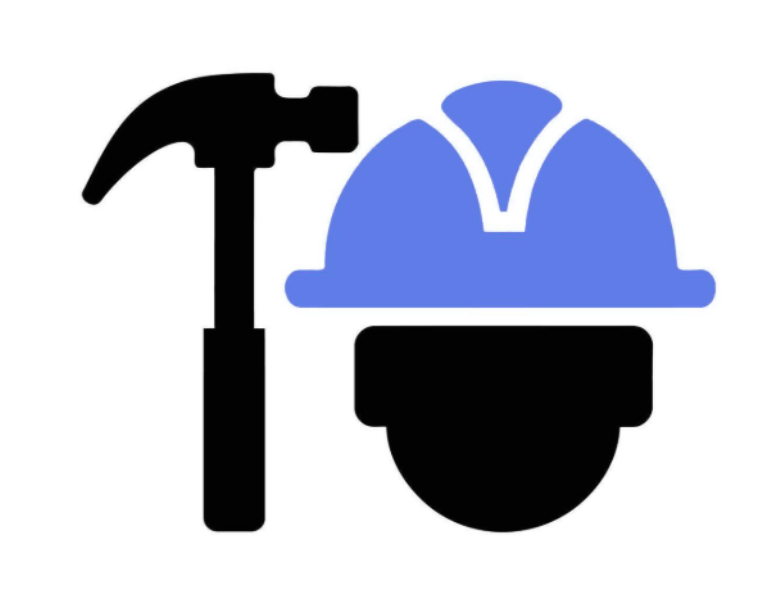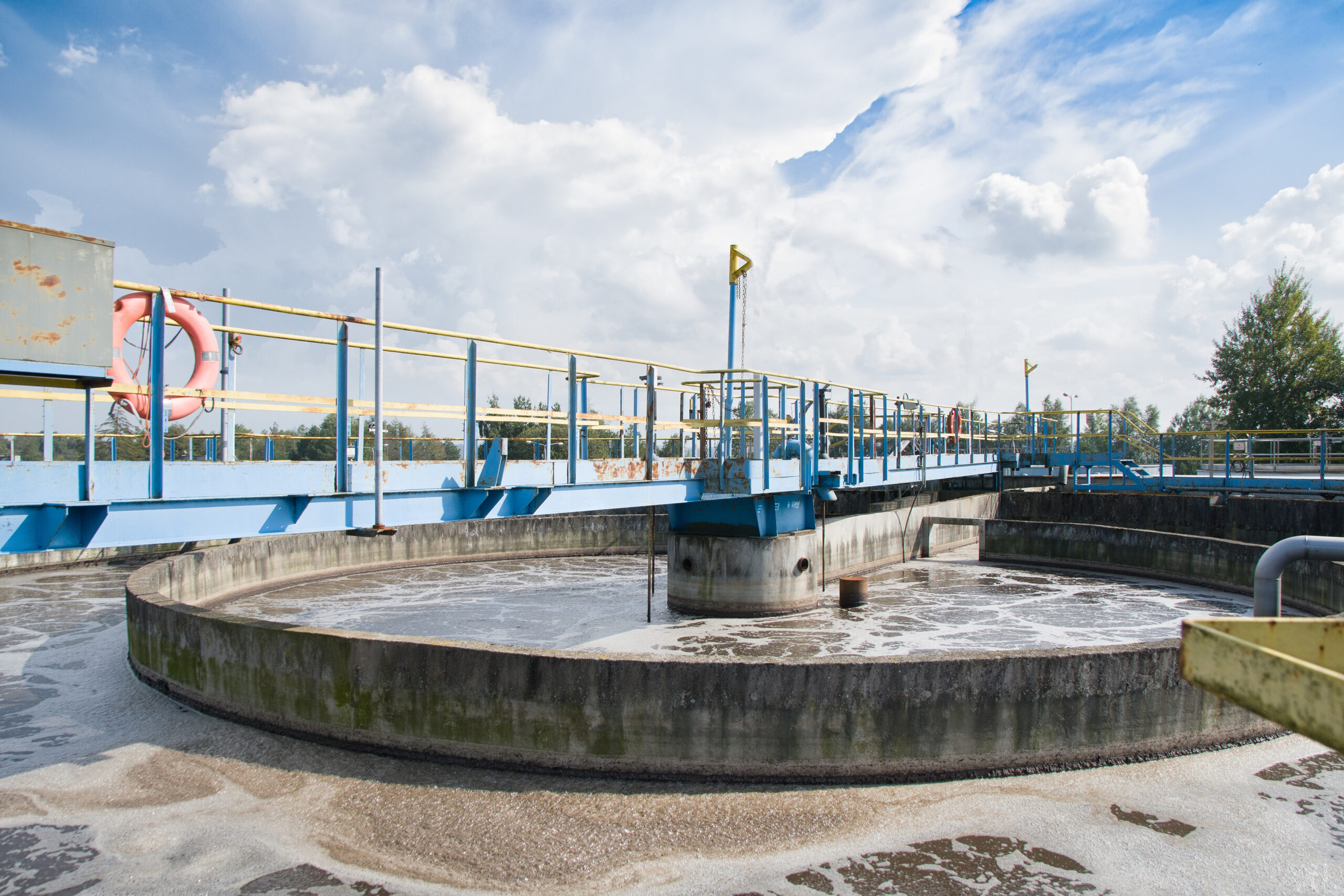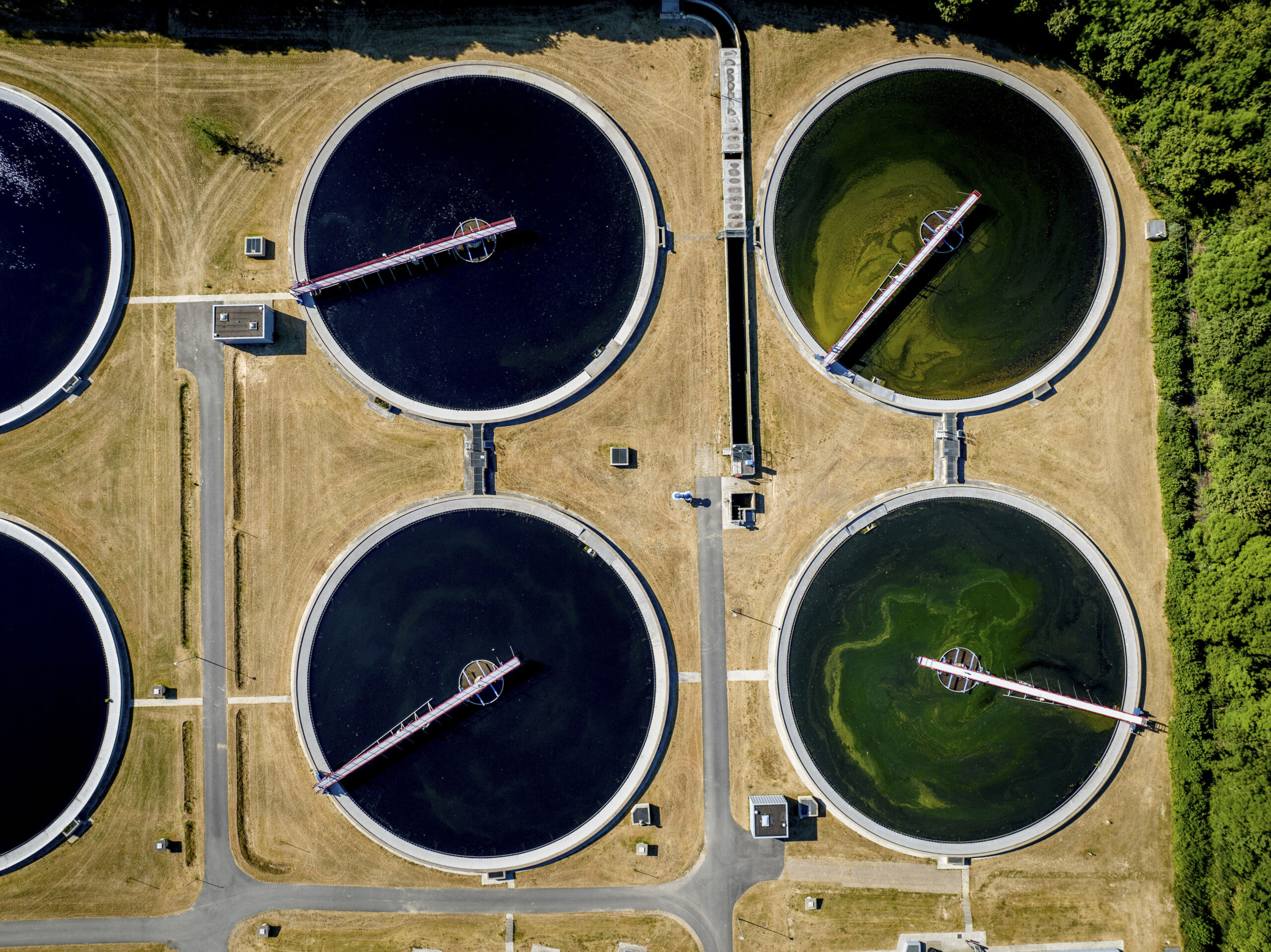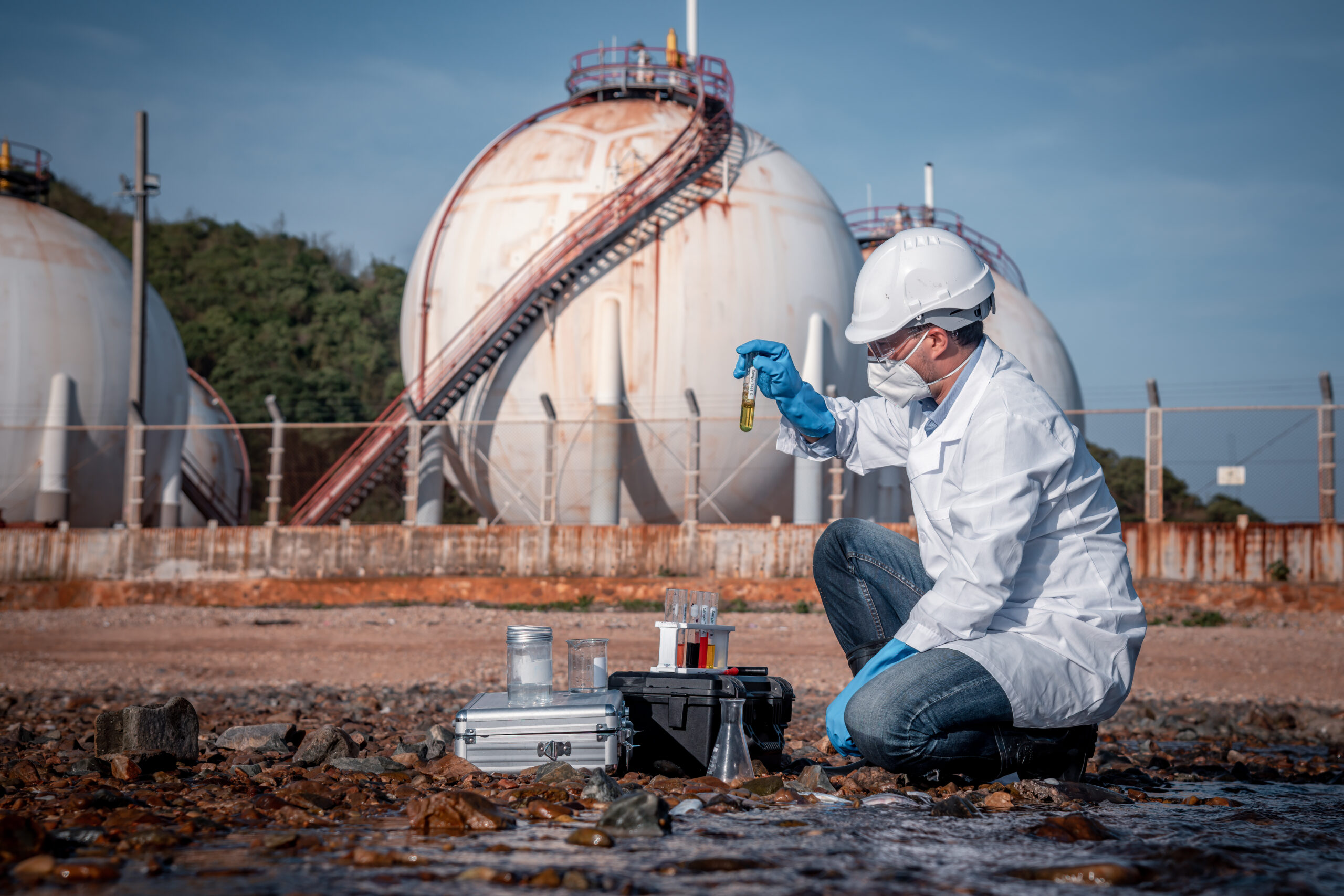Aeration Systems
Optimised for water and wastewater treatment—dissolved metal removal, gas stripping, VOC
oxidation

UNDER CONSTRUCTION
Overview
Aeration systems are a key pre-treatment solution in water and wastewater treatment. By dispersing fine air bubbles, they oxidize dissolved contaminants such as iron, hydrogen sulfide, VOCs, and harmful gases. This process also breaks up particulates, improving the efficiency of downstream methods like filtration and flotation.
Built for industrial use, aeration systems are applied across mining, chemical, potable water, and wastewater sectors. They enhance process control, support regulatory compliance, and deliver better water quality—making them a cost-effective and sustainable treatment option.
Technical Highlights
- Fine-bubble membranes typically less than 3 mm diameter deliver up to 15 lb O₂ per horsepower-hour (≈ 9 kg/kWh)
- Typical diffuser maintenance cycle: 1–3 years depending on fouling; annual inspection recommended
- Jet aerators enable robust turbulence-driven mixing and high OTE—even in deep or high-MLSS tanks
Key Features
Compressed air is introduced into water through diffuser systems that optimize oxygen transfer, contaminant removal, and mixing efficiency.
- Fine-Bubble diffusers (<3mm)
- Coarse-Bubble diffusers (>5mm)
- Oxidation of dissovled metals and gas stripping
- Customised diffuser grids and cascade designs


Key Benefits
Aeration systems provide efficient contaminant removal, energy savings, and adaptable designs for diverse water and wastewater treatment needs.
- Efficient metal oxidation & gas removal
- High oxygen transfer efficiency (OTE)
- Gas stripping & VOC removal
- Scalable & flexible design
Industries Where Aeration Systems Are Used:
Cube Consolidating Aeratoin Systems are suitable for:
- Potable and drinking water treatment—remedying iron, hydrogen sulfide, and VOC contamination before filtration or reverse osmosis
- Wastewater treatment, notably in activated sludge or lagoon systems, where oxygen supply supports microbial breakdown
- Mining and mineral processing—aeration helps remove dissolved metals and oxidise sulfur compounds in process water
- Chemical and agricultural sectors—used as initial treatment to reduce metadata load and VOCs before secondary processing

